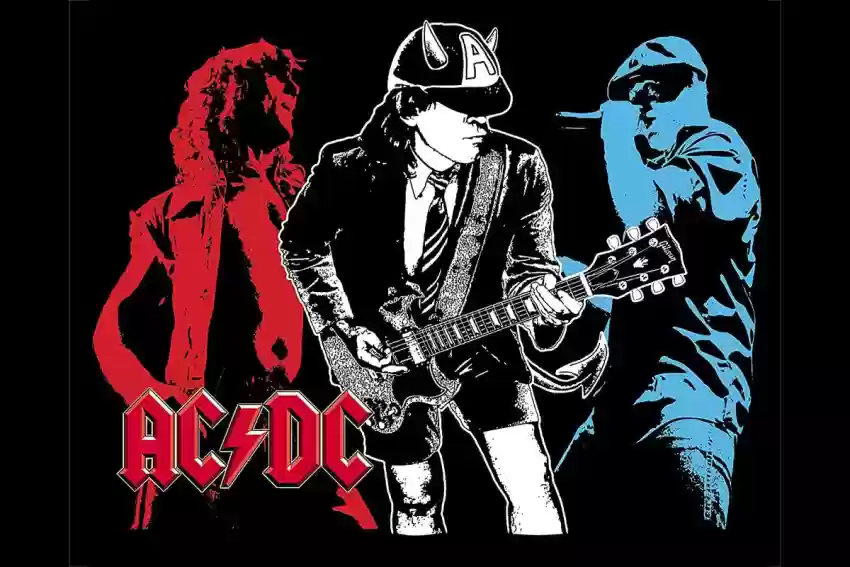Post Views: 87
New York: Rock music has a rich and varied history, evolving over the decades and across continents. Here’s an overview of its global evolution:
1950s: Birth of Rock ‘n’ Roll
- United States: Rock ‘n’ roll emerged in the mid-1950s, blending rhythm and blues with country music. Key figures include Chuck Berry, Elvis Presley, and Little Richard.
- United Kingdom: Initially influenced by American rock ‘n’ roll, artists like Cliff Richard and The Shadows began to develop their own style.
1960s: British Invasion and Psychedelic Rock
- United Kingdom: The Beatles, The Rolling Stones, and The Who spearheaded the British Invasion, bringing rock to global prominence.
- United States: The counterculture movement led to the rise of psychedelic rock, with bands like The Grateful Dead, Jefferson Airplane, and The Doors.
- Global Spread: Rock music began to influence artists worldwide, including The Easybeats in Australia and Los Saicos in Peru.
1970s: Diversification and the Rise of Heavy Rock
- United Kingdom: The rise of heavy metal with bands like Black Sabbath and Led Zeppelin. Progressive rock also became prominent with bands like Pink Floyd and Yes.
- United States: The development of Southern rock (Lynyrd Skynyrd) and arena rock (KISS).
- Global Influence: Rock began to influence genres in other countries, leading to the emergence of bands like Rush in Canada and AC/DC in Australia.
1980s: The Era of MTV and Sub-Genres
- United States: The rise of glam metal (Motley Crue), new wave (The Police), and alternative rock (R.E.M.).
- United Kingdom: The continued popularity of punk rock (The Clash, Sex Pistols) and the emergence of goth rock (The Cure).
- Global Expansion: Rock music saw a global reach with bands like U2 from Ireland and The Scorpions from Germany.
1990s: Grunge and Alternative Rock
- United States: The grunge movement with bands like Nirvana, Pearl Jam, and Soundgarden. Alternative rock also flourished with bands like Radiohead and Red Hot Chili Peppers.
- United Kingdom: Britpop with bands like Oasis and Blur.
- Global Influence: Rock music continued to evolve globally with bands like The Cranberries from Ireland and The Cardigans from Sweden.
2000s: Revival and Fusion
- United States: The rise of garage rock revival with bands like The White Stripes and The Strokes. Emo and pop-punk also gained popularity with bands like Green Day and Fall Out Boy.
- United Kingdom: Indie rock flourished with bands like Arctic Monkeys and Coldplay.
- Global Scene: Rock continued to influence various music scenes worldwide, with bands like Muse from the UK and Tokio Hotel from Germany.
2010s to Present: Digital Age and Genre Blending
- Global Scene: The rise of digital platforms allowed for a more eclectic mix of genres and global influences. Bands like Tame Impala from Australia and BTS from South Korea, though primarily K-pop, incorporated rock elements.
- United States and United Kingdom: The continuation of alternative and indie rock, with bands like Imagine Dragons and Twenty One Pilots gaining international fame.
Key Trends in Global Rock Evolution
- Cultural Exchange: Rock music has always been influenced by cultural exchanges, incorporating elements from various genres and regions.
- Technological Advances: The advent of new technology, from electric guitars to digital streaming, has continually reshaped rock music.
- Social Movements: Rock music often mirrors and influences social movements, from the counterculture of the 1960s to the political activism of punk rock.
The evolution of rock music is a testament to its adaptability and global appeal. From its roots in the 1950s to its present-day manifestations, rock has continually evolved, reflecting and shaping the cultural landscapes of countries around the world.






